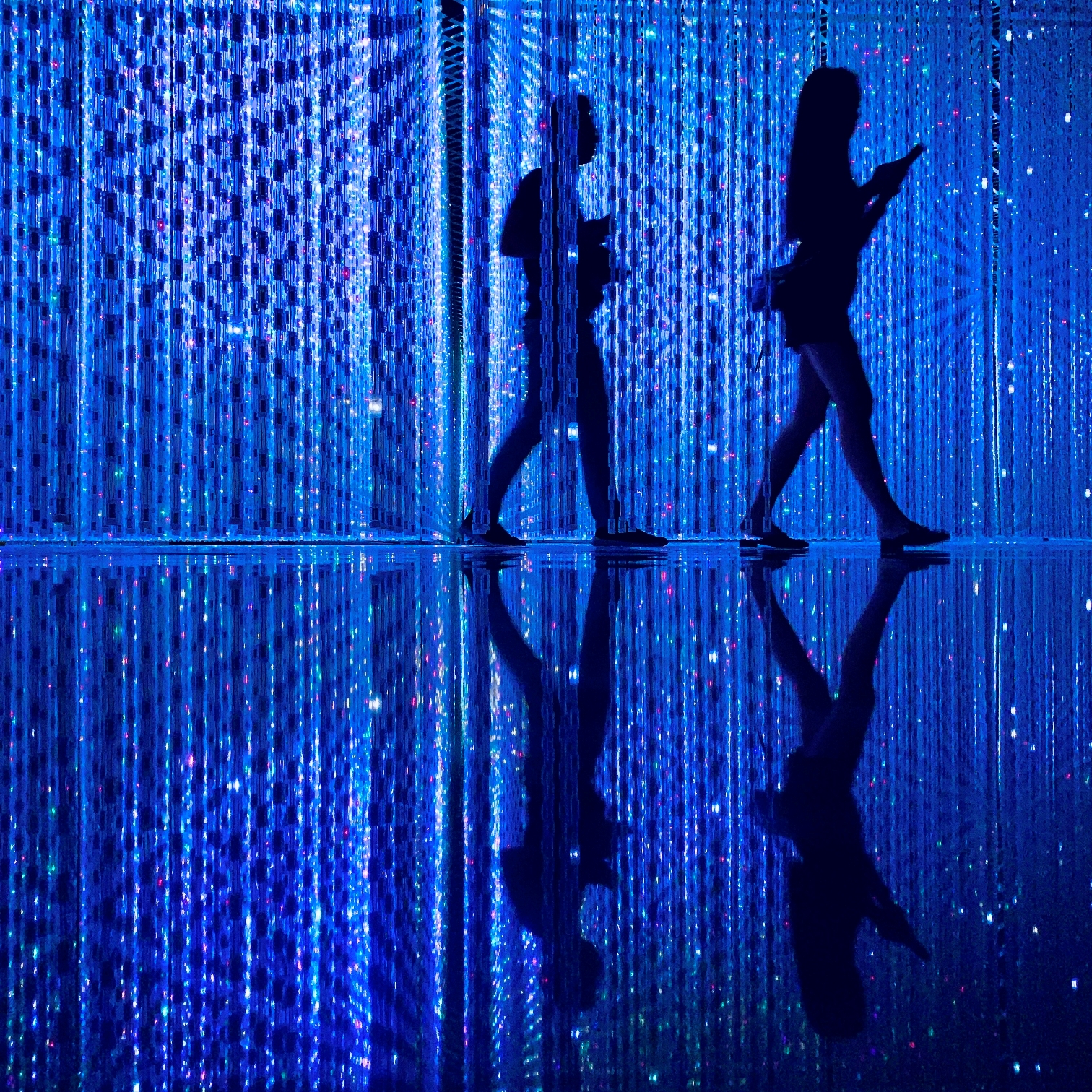Short introduction
LED display technology is a modular imaging system that uses light-emitting diodes to create bright, high-contrast visual surfaces for art and design. Immersive exhibitions depend on reliable visuals, and LEDs let curators wrap imagery around architecture, maintain color accuracy over long runs, and perform well in ambient light where projection struggles. Audience demand for experiential shows keeps rising, which makes robust, conservation-aware display platforms essential rather than optional. This concise guide explains what LEDs are, why they matter in galleries, how they compare to projection, and how to plan a successful installation without straining budgets or HVAC capacity.
What are LED displays, and why do they matter in high-end art exhibitions?
An LED display is a direct-view surface composed of many diodes grouped into pixels that emit light to form images. Direct emission preserves vibrancy in bright rooms and supports deep blacks in dark rooms. Pixel pitch is the millimeter spacing between pixel centers, and pixel pitch determines comfortable viewing distance and cost. Brightness in nits sets legibility in white-cube spaces, while refresh rate and color depth shape motion smoothness and tonal fidelity. Curators value LEDs because modular cabinets tile into seamless canvases that can be flat, curved, or even transparent. Technicians value LEDs because front or rear serviceability speeds maintenance and reduces downtime. If you are planning dynamic labels or integrated lighting, see Relumination LED solutions for galleries at http://relumination.com to align media, lighting, and conservation practice. When content, acoustics, and lighting work in concert, LED walls function as quiet tools for narrative rather than flashy gadgets.
How do LED displays create immersion, and when are they better than projection?
Immersion occurs when image scale fills peripheral vision, motion and sound follow a deliberate rhythm, and content responds predictably to audience flow. LED surfaces excel because they hold contrast in mixed light, avoid visitor shadowing, and can bend around corners to maintain continuous horizons. Projection retains advantages on huge, uninterrupted planes in blackout-controlled rooms, especially when budgets are tight and staff are comfortable with edge-blending and maintenance cycles. As a rule, choose LEDs for bright spaces, sculptural geometries, and long-running programs that demand stable calibration. Choose projection for dark, matte environments where surfaces are vast, continuous, and periodic alignment is acceptable. In every case, prototype at one-to-one scale to verify legibility, glare, and color before committing to complete rigs. For creative form factors and touring-friendly panels, browse Dynamo LED Displays for immersive art installations at http://dynamo-led-displays.co.uk to see museum-relevant examples.
What should curators and producers check before signing a contract, and what will it cost?
Procurement is risk management in plain language. Match pixel pitch to viewing distance, set a target brightness appropriate to room lux, and lock a color pipeline so artwork masters map cleanly to the wall. Verify certifications, inspect cabinet tolerances and seam quality, and specify on-site spares with a documented swap policy. Confirm media-server and LED-controller compatibility, synchronize audio and lights with timecode, and schedule pre-opening calibration plus weekly uniformity checks. Safety and conservation matter equally. Size electrical loads for continuous duty, maintain thermal clearances that respect HVAC capacity, and ensure light exposure meets lender conditions for nearby works. Costs vary by region and run length, but a simple model helps. Finer pitches cost more per square meter yet enable closer viewing. Rental reduces upfront capital but can raise operating costs over the long run. Content production, rigging, power, and insurance often rival panel rental in the final budget. Save money by right-sizing pitch, reusing content across venues, and timing de-installs to shipping windows and staff availability.
Conclusion
LED display technology is a practical, conservation-aware path to immersive storytelling when specifications follow viewing distance, room light, and curatorial intent. Define objectives and audience flow, select pitch and brightness that fit the space, prototype at full scale, and open only after rigorous calibration and safety checks. When those steps come first, LED walls stop being novelties and start acting like disciplined instruments that help visitors look longer, feel more, and return with friends.
